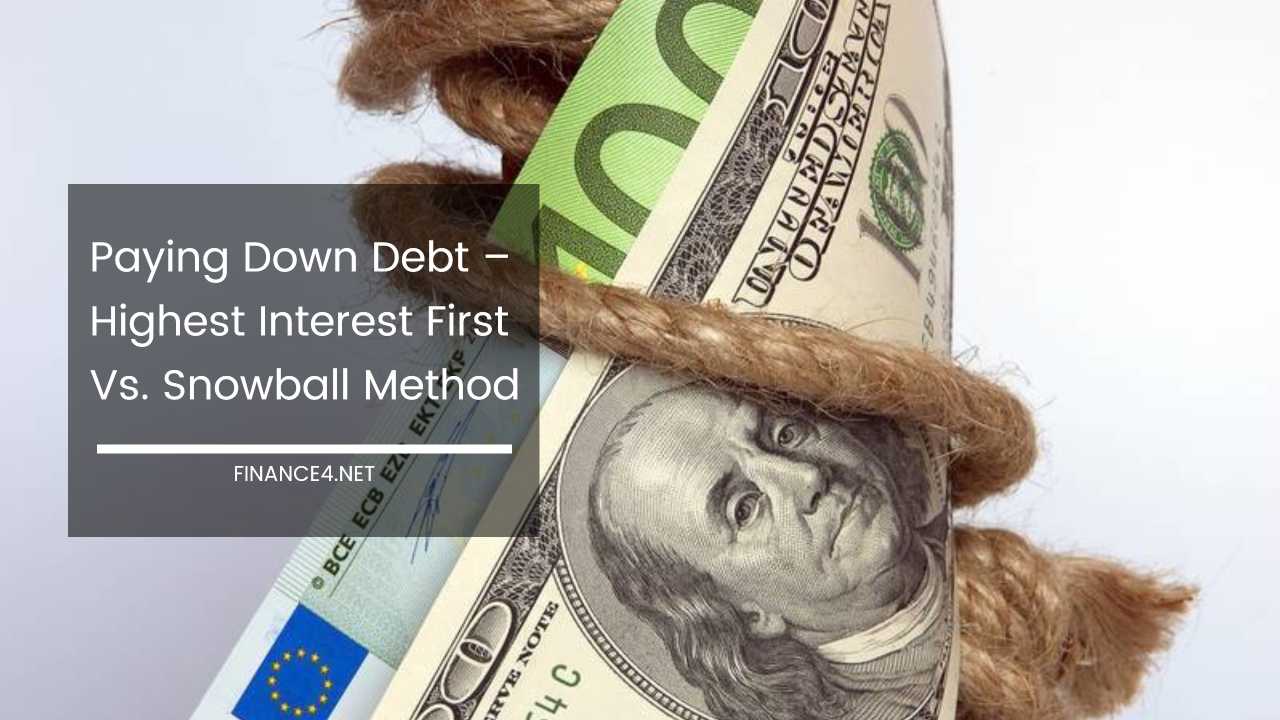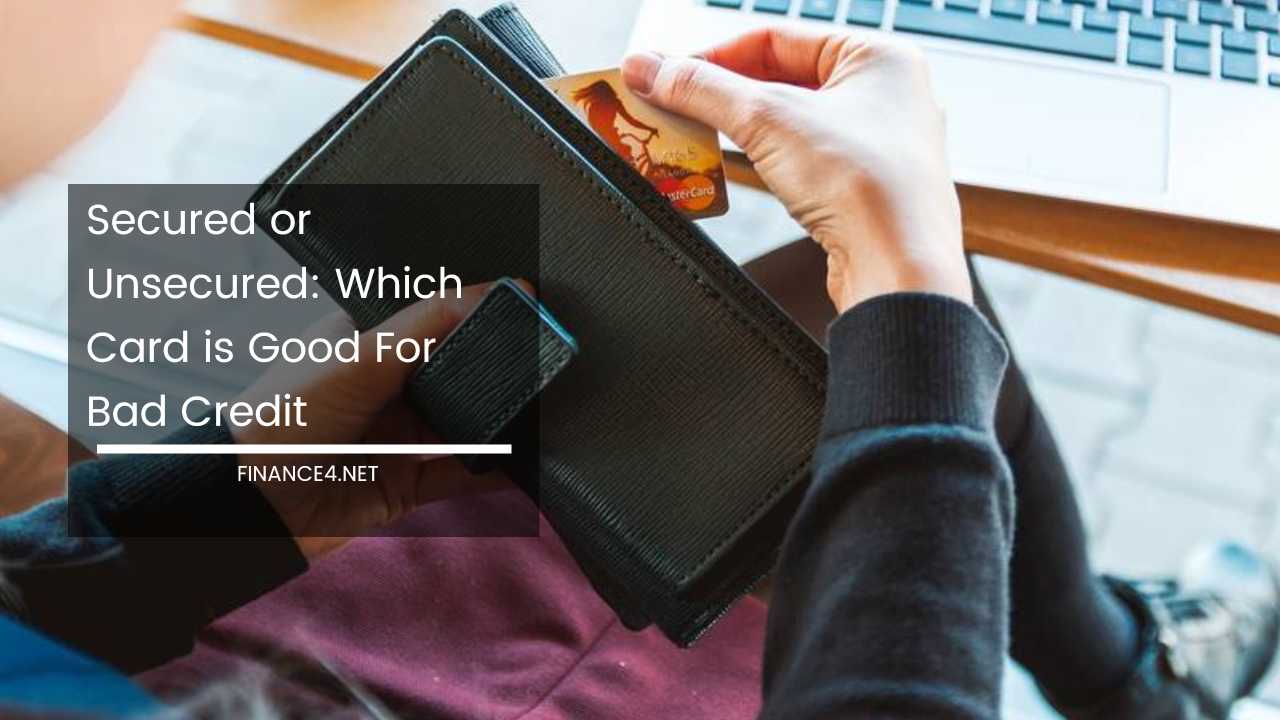Are Dual Currency Investments Right For You?

Are Dual Currency Investments Right For You? – A Comprehensive Analysis
Dual currency investments, with their promise of potentially higher returns, can be an attractive option for investors seeking to add a new dimension to their portfolios.
However, before taking the plunge, it’s crucial to delve deeper into the mechanics, motivations, and, most importantly, the risks involved.
This comprehensive guide will equip you with the knowledge needed to determine if dual currency investments align with your financial goals and risk tolerance.
Beyond Deposits: Demystifying Dual Currency Investments
Unlike traditional deposit accounts that offer a fixed interest rate on your principal amount, dual currency investments are structured products that combine a deposit with a currency option.
Imagine you deposit funds in US Dollars (USD). While you expect your return to be in USD, the actual repayment could occur in either USD or a linked currency, say Euros (EUR), depending on the exchange rate at maturity. This introduces a layer of complexity compared to the predictability of a traditional deposit account.
Motivations for Dual Currency Investments: Beyond Headline Returns
While the potential for increased returns is often the initial draw for investors, individuals and businesses choose dual currency investments for a variety of reasons:
- Hedging Foreign Currency Risk: Businesses with international operations are constantly exposed to fluctuations in foreign exchange rates. These fluctuations can significantly impact their profits. Dual currency investments can act as a hedge, mitigating these risks by locking in a predetermined exchange rate at the time of investment.
- Portfolio Diversification: In today’s globalized world, diversification is key to a robust investment strategy. Dual currency investments offer exposure to foreign currencies, acting as a hedge against inflation in your home currency and potentially enhancing overall portfolio returns through diversification.
- Speculative Play on Currency Appreciation: If you believe a particular foreign currency is poised for appreciation against your base currency, dual currency investments can be a way to capitalize on this belief. By locking in an exchange rate at the time of investment, you can potentially benefit from a favorable exchange rate at maturity.
Weighing the Risks: Loss of Principal and the Volatile Dance of Foreign Exchange
While the potential for increased returns exists, it’s crucial to understand the inherent risks associated with dual currency investments:
- Principal Not Guaranteed: Unlike traditional savings accounts or certificates of deposit (CDs), dual currency investments are not principal-protected. This means that upon maturity, the amount received could be lower than the initial investment, especially if the linked currency depreciates significantly against your base currency.
- Foreign Exchange Exposure: The value of your investment is directly tied to the exchange rate between the two currencies. Fluctuations in the foreign exchange market can lead to losses on the principal amount. Imagine investing USD expecting a return in EUR. If the EUR weakens against the USD during the investment period, you could receive fewer USD back at maturity, even if you earn interest on the investment.
Beyond Maturity: Understanding Repayment and Foreign Exchange Controls
Dual currency investments have predetermined maturity dates typically ranging from a week to six months. At maturity, the principal amount and any returns are repaid in either the base currency you initially invested in or the linked currency, whichever is lower in value at that time.
This means that if the exchange rate for the linked currency moves against you, you could receive a lower amount back than you originally deposited.
Foreign Exchange Controls: An Unexpected Hurdle
The impact of foreign exchange goes beyond fluctuations in exchange rates. Foreign exchange controls imposed by the country issuing the linked currency can potentially delay or even prevent the repayment of your principal amount.
These controls can be implemented for various reasons, such as managing capital flow or stabilizing the local currency.
Managing Risk: Timeframes, Professional Guidance, and Understanding Early Exit
While the foreign exchange market can be volatile, there are ways to manage risk with dual currency investments:
- Shorter Time Frames: Choosing shorter investment periods (1 week to 3 months) can minimize exposure to foreign exchange fluctuations. The shorter the investment timeframe, the less susceptible your investment is to significant market movements.
- No Early Exit: Dual currency investments typically don’t allow for early withdrawal. This means you’re locked into the investment for the predetermined timeframe. It’s crucial to be comfortable with the chosen timeframe and understand that you cannot access your funds before maturity.
- Investment Advice: Due to the complex nature of dual currency investments, seeking professional advice from a qualified investment management team is highly recommended. An experienced advisor can help you understand the specific product details, assess your risk tolerance, and determine if dual currency investments align with your overall financial goals.
Open Communication: Exploring Options and Exit Strategies
Before making any investment decisions, it’s vital to have a clear understanding of your overall investment strategy.
Discussing various options with your financial advisor will help you determine if dual currency investments are suitable for you. Additionally, exploring potential exit strategies beforehand can provide peace of mind and ensure you understand your options if market conditions change. Here are some key points to discuss with your advisor:
- Risk Tolerance: Assessing your risk tolerance is paramount. Dual currency investments are not suitable for risk-averse investors who cannot stomach the potential loss of principal.
- Investment Goals: Are you looking for short-term gains, income generation, or long-term portfolio diversification? Dual currency investments can cater to different goals depending on the chosen structure and timeframe.
- Exit Strategies: While early withdrawal is typically not an option, understanding how the investment might perform under different market scenarios can provide valuable insight. Your advisor can help model potential outcomes based on various exchange rate movements.
Beyond the Basics: Types of Dual Currency Investments
Dual currency investments come in various flavors, each with its own nuances. Here’s a brief overview of some common types:
- Knock-In Knock-Out (KIKO) Deposits: These offer a guaranteed principal amount at maturity if the exchange rate stays within a predetermined range (knock-in and knock-out levels) throughout the investment period. However, if the exchange rate breaches these levels, you may receive a lower principal amount or even miss out on potential returns altogether.
- Currency Basket Deposits: These allow you to invest in a basket of multiple currencies, potentially reducing your exposure to fluctuations in a single currency. However, the complexity of managing multiple exchange rates increases.
Understanding Fees and Costs
Before investing, be aware of the associated fees and costs. These may include upfront fees, management fees, and currency conversion charges. These fees can eat into your potential returns, so factor them into your overall investment decision.
The Final Verdict: Dual Currency Investments – A Calculated Risk
Dual currency investments can be a compelling option for investors seeking potentially higher returns, portfolio diversification, or a hedge against foreign exchange fluctuations.
However, the risks involved are significant and require careful consideration. By thoroughly understanding the mechanics, motivations, and risks associated with these investments, and by seeking professional guidance, you can make informed decisions about whether they fit your financial goals and risk tolerance.
Remember, dual currency investments are not suitable for everyone, and a conservative approach is always recommended, especially for new investors.
Taking the Next Step: Building a Well-Diversified Portfolio
While dual currency investments can add a layer of complexity, incorporating them into a well-diversified portfolio can potentially enhance returns.
However, it’s crucial to ensure they represent a small portion of your overall investment holdings, particularly if you are risk-averse.
Consider other asset classes like stocks, bonds, and real estate to create a balanced portfolio that aligns with your long-term financial goals.
By carefully considering the information presented here and consulting with a qualified financial advisor, you can determine if dual currency investments are the right fit for you on the path towards a secure financial future.



